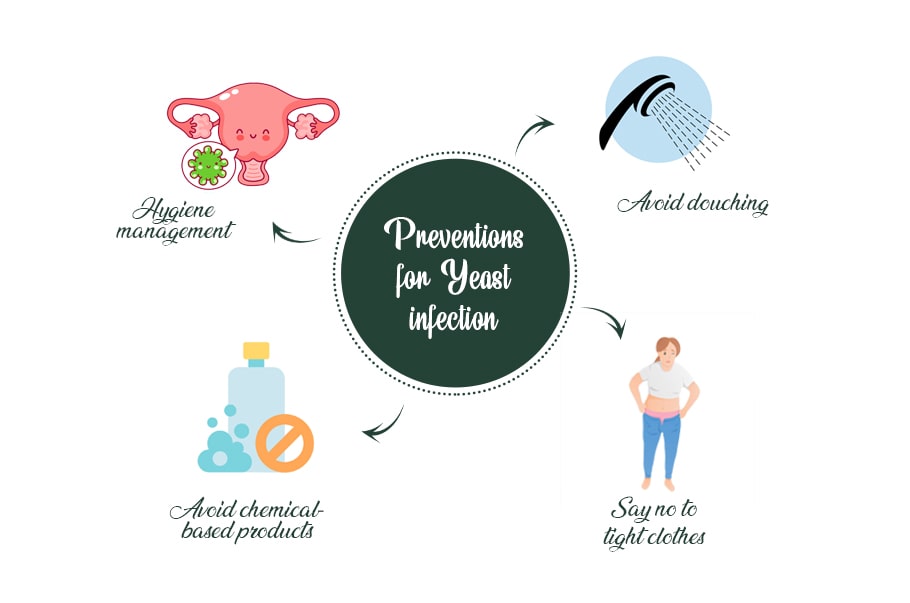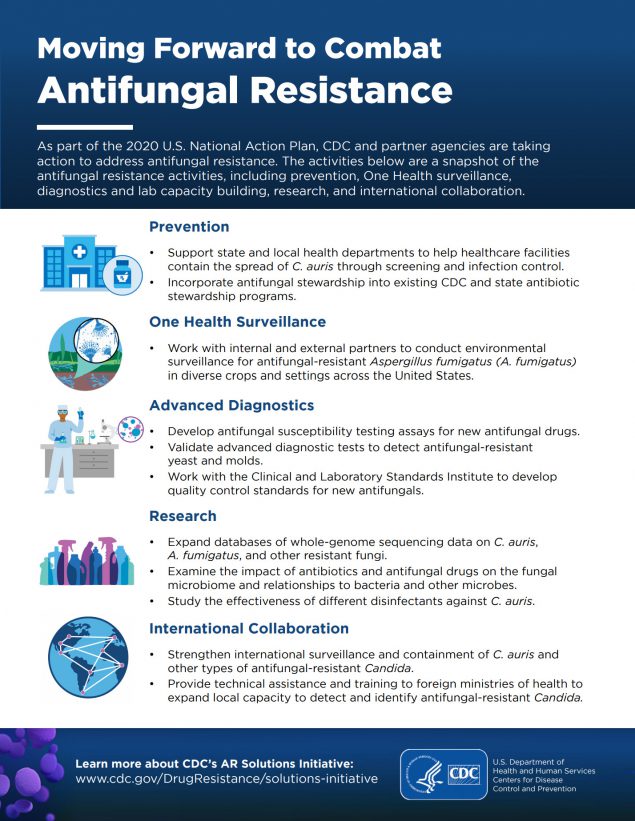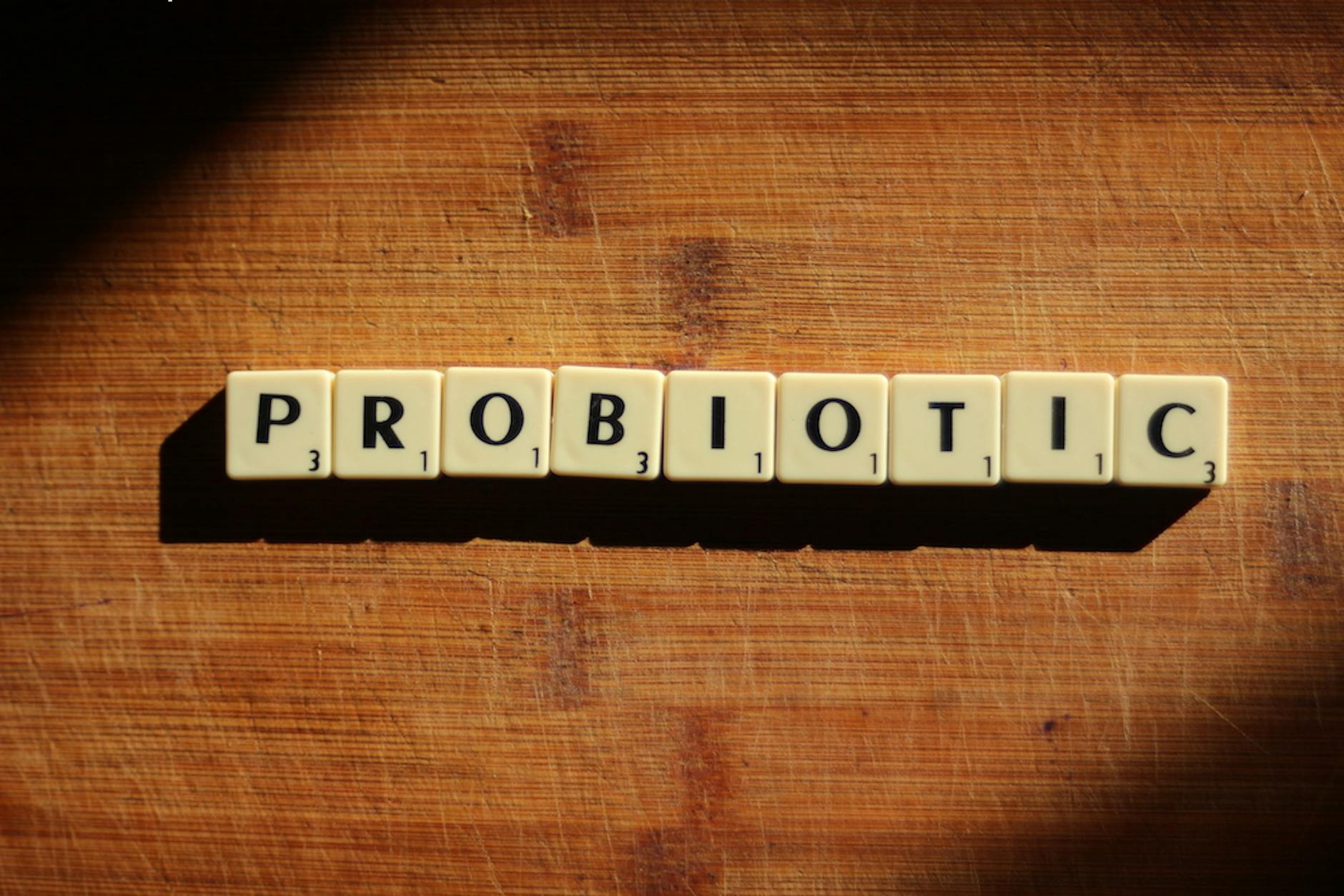Discover the natural remedies and lifestyle changes that can help you overcome yeast infections once and for all.
Table of Contents
- Understanding Yeast Infections
- Importance of Treatment
- Steps to Take at the First Sign of a Yeast Infection
- Exploring Antifungal Medications
- Natural Remedies and Home Care
- Preventing Future Yeast Infections
- Speaking to a Healthcare Provider
- Myths About Yeast Infections
- Recap: Steps to Effectively Tackle a Yeast Infection
- Frequently Asked Questions (FAQs)
Hey there, curious readers! Today, we’re going to tackle a topic that might sound a bit, well, uncomfortable at first – yeast infections. But don’t worry, we’re here to make it easy to understand and help you learn how to take care of your body. Let’s kick things off by talking about what a yeast infection is and why it’s important to pay attention to our vaginal health.
So, what exactly is a yeast infection? Well, it’s a common issue that can happen down there in the vaginal area. The scientific name for it is candidiasis, but we’ll just stick to calling it a yeast infection. Now, why should we care about this? Because our bodies are amazing, and they deserve some TLC to stay healthy and happy!
Understanding how our bodies work and recognizing when something’s not quite right is key to staying in good shape. So, let’s dive into the world of yeast infections and explore ways to treat them effectively for optimal vaginal health.
Understanding Yeast Infections
What Is a Yeast Infection?
A yeast infection is a common fungal infection that can affect different parts of the body. In scientific terms, it is called candidiasis. When yeast, which is a type of fungus, grows uncontrollably, it can lead to an infection. One of the most well-known types of yeast infection is vaginal yeast infection.
Common Symptoms
Some common symptoms of a yeast infection include itching and irritation in the affected area, such as the vagina. You might also experience pain or discomfort during urination or sexual intercourse. A thick, white discharge resembling cottage cheese is another typical sign of a yeast infection.
Why Do Yeast Infections Happen?
Yeast infections can happen when there is an imbalance in the natural microorganisms that reside in our bodies. Factors such as taking antibiotics, having a weakened immune system, or hormonal changes can disrupt this balance and lead to the overgrowth of yeast, causing an infection.
Importance of Treatment
When it comes to yeast infections, getting proper treatment is essential for maintaining good vaginal health. Ignoring a yeast infection can lead to discomfort and further complications, so it’s important to address it promptly.
Treating a yeast infection not only helps alleviate symptoms like itching and discharge but also prevents the infection from worsening. By taking action early, you can help your body fight off the candidiasis and restore a healthy balance in your vaginal flora.
Without treatment, a yeast infection can persist and even recur, causing frustration and discomfort. It’s crucial to prioritize your vaginal health and seek the necessary treatment to address the root of the issue.
Steps to Take at the First Sign of a Yeast Infection
When you start noticing the uncomfortable symptoms of a yeast infection, it’s essential to take action promptly. Here are some steps you can follow as soon as you suspect you might have a yeast infection:

Image courtesy of www.drshardaayurveda.com via Google Images
1. Pay Attention to Your Body
If you start feeling itching, burning, or unusual discharge in your private area, it could be a sign of a yeast infection. Listen to your body and take note of any changes.
2. Avoid Irritants
Avoid using scented products like soaps, lotions, or sprays in your genital area. These products can irritate the delicate balance of your vagina and potentially worsen your symptoms.
3. Wear Breathable Clothing
Opt for breathable cotton underwear and loose-fitting clothing to help keep your genital area dry and prevent the overgrowth of yeast.
4. Over-the-Counter Treatments
You can consider using over-the-counter antifungal creams or suppositories specifically designed to treat yeast infections. Make sure to follow the instructions carefully.
By taking these steps at the first sign of a yeast infection, you can help address the issue early and prevent it from escalating. Remember, it’s vital to prioritize your vaginal health and seek proper treatment when needed.
Exploring Antifungal Medications
When it comes to treating yeast infections, one of the most common approaches is the use of antifungal medications. But what exactly are these medications and how do they work to combat yeast infections?
What are Antifungal Medications?
Antifungal medications are a type of medicine specifically designed to target and eliminate fungal infections in the body. Yeast infections, such as candidiasis, are caused by an overgrowth of a type of fungus known as Candida. Antifungal medications work by either killing the fungus or stopping its growth, thereby helping to alleviate the symptoms of a yeast infection.
Natural Remedies and Home Care
Probiotics are tiny organisms that are good for our bodies. These helpful bacteria can be found in some foods like yogurt or even taken as a supplement. When it comes to yeast infections, probiotics might play a role in keeping our vaginas healthy.

Image courtesy of www.cdc.gov via Google Images
These friendly bacteria can help maintain a balance in the vagina, keeping harmful yeast in check. By promoting good bacteria growth, probiotics could potentially prevent yeast infections from happening or recurring.
So, if you’re thinking about natural ways to improve your vaginal health and maybe even tackle a yeast infection, adding probiotics to your routine might be a smart idea!
Preventing Future Yeast Infections
One of the best ways to prevent future yeast infections is by keeping your vaginal area clean and dry. Make sure to wash the area gently with mild soap and water, and always pat it dry after bathing or using the restroom.
2. Incorporating Probiotics Into Your Routine
Probiotics are good bacteria that can help maintain a healthy balance in your body, including your vaginal flora. You can find probiotics in certain foods like yogurt or take them as supplements to promote good vaginal health and reduce the risk of yeast infections.
3. Wearing Breathable Clothing
Tight-fitting clothing, especially underwear made of synthetic fabrics, can trap moisture and heat, creating an ideal environment for yeast to thrive. Opt for breathable cotton underwear and loose-fitting clothing to allow air circulation and prevent yeast infections.
4. Avoiding Harsh Feminine Products
Some scented soaps, douches, and sprays can disrupt the natural pH balance of your vagina, making it more susceptible to infections like yeast. Stick to mild, unscented products when cleaning your vaginal area to maintain its natural environment.
5. Practicing Safe Sex
Yeast infections can be sexually transmitted, so it’s essential to practice safe sex to reduce the risk of infection. Using condoms can help prevent the spread of yeast and other sexually transmitted infections.
Speaking to a Healthcare Provider
When it comes to dealing with a yeast infection, speaking to a healthcare provider is crucial. These professionals are trained to offer medical advice and provide you with the best treatment options for your specific situation.
| Method | Description |
|---|---|
| 1. Antifungal Medications | Prescribed topical or oral medications that kill the yeast causing the infection |
| 2. Probiotics | Introducing good bacteria to balance out the excess yeast in the body |
| 3. Avoiding Irritants | Avoiding substances or activities that can irritate the affected area and worsen the infection |
| 4. Keeping it Dry | Keeping the affected area clean and dry to prevent further yeast growth |
| 5. Sitz Baths | Soaking the affected area in warm water to alleviate symptoms and promote healing |
Image courtesy of twc-ms.com via Google Images
Seeking Proper Medical Advice
If you suspect that you have a yeast infection or if you have recurrent infections, it’s important to consult a healthcare provider. They can properly diagnose the issue and recommend the most effective treatment for you.
Importance of Professional Guidance
Healthcare providers have the knowledge and expertise to guide you through the process of treating a yeast infection. They can prescribe antifungal medications or recommend other treatments based on your individual needs.
Remember, everyone’s body is different, and what works for one person may not work for another. By consulting with a healthcare provider, you can ensure that you are receiving the best care possible for your yeast infection.
Myths About Yeast Infections
Yeast infections are a common topic, but there are many myths and misunderstandings surrounding them. Let’s address some of the misconceptions to help clear things up.
Myth: Only Women Can Get Yeast Infections
Contrary to popular belief, men can also get yeast infections. While they are more common in women, men can also experience this uncomfortable issue.
Myth: Yeast Infections Are Always Caused by Poor Hygiene
Yeast infections can be caused by a variety of factors, not just poor hygiene. While good hygiene practices can help prevent yeast infections, they can also occur due to other reasons like hormonal changes or antibiotics.
Myth: Yeast Infections Are Sexually Transmitted Infections
Yeast infections are not considered sexually transmitted infections. They are caused by an overgrowth of yeast that is naturally present in the body, rather than being transmitted through sexual activity.
Myth: Yeast Infections Only Happen in the Vaginal Area
While yeast infections are commonly associated with vaginal discomfort, they can actually occur in other parts of the body as well. Yeast infections can affect areas like the mouth, skin folds, and even under the breasts.
Myth: You Should Always Use Antibiotics to Treat Yeast Infections
Antibiotics are not always the best solution for treating yeast infections. In fact, they can sometimes make the problem worse by disrupting the natural balance of bacteria in the body. It’s important to use the appropriate medications, such as antifungal treatments, to effectively address yeast infections.
Recap: Steps to Effectively Tackle a Yeast Infection
In this article, we’ve learned about yeast infections and how important it is to take care of our vaginal health. Let’s quickly recap the key steps to effectively tackle a yeast infection.
Image courtesy of www.quora.com via Google Images
1. Understanding What a Yeast Infection Is
A yeast infection, scientifically known as candidiasis, is a common issue that can cause discomfort. It’s essential to recognize its symptoms, such as itching and unusual discharge.
2. Taking Action at the First Sign of a Yeast Infection
As soon as you suspect a yeast infection, it’s crucial to seek treatment. Antifungal medications are often prescribed to combat the overgrowth of yeast and restore balance.
3. Exploring Natural Remedies like Probiotics
Probiotics are a natural way to promote a healthy vaginal flora and prevent yeast infections. Adding probiotic-rich foods to your diet or taking supplements can be beneficial.
By following these steps and maintaining good vaginal health practices, you can effectively tackle yeast infections and minimize their occurrence. Always remember to consult with a healthcare provider for personalized advice and treatment options.
Frequently Asked Questions (FAQs)
Can boys get yeast infections too?
Yes, boys can also get yeast infections, although it is less common than in girls. Yeast infections in boys typically occur in the genital area and can cause itching, redness, and discomfort. It’s essential to seek medical advice if your child is experiencing symptoms of a yeast infection.
Are yeast infections contagious?
No, yeast infections are not considered contagious in the traditional sense. They are caused by an overgrowth of the Candida fungus, which is naturally present in the body. However, sexual partners can potentially pass yeast infections back and forth, so it’s advisable to seek treatment if you suspect you have a yeast infection to prevent spreading it.
How do I know if I need to see a doctor for my yeast infection?
If you have never had a yeast infection before and are unsure if your symptoms indicate one, it’s a good idea to consult a healthcare provider. Additionally, if your symptoms are severe, don’t improve with over-the-counter treatments, or if you are pregnant, it is crucial to seek medical advice. Your doctor can provide a proper diagnosis and recommend the most effective treatment for your specific situation.





